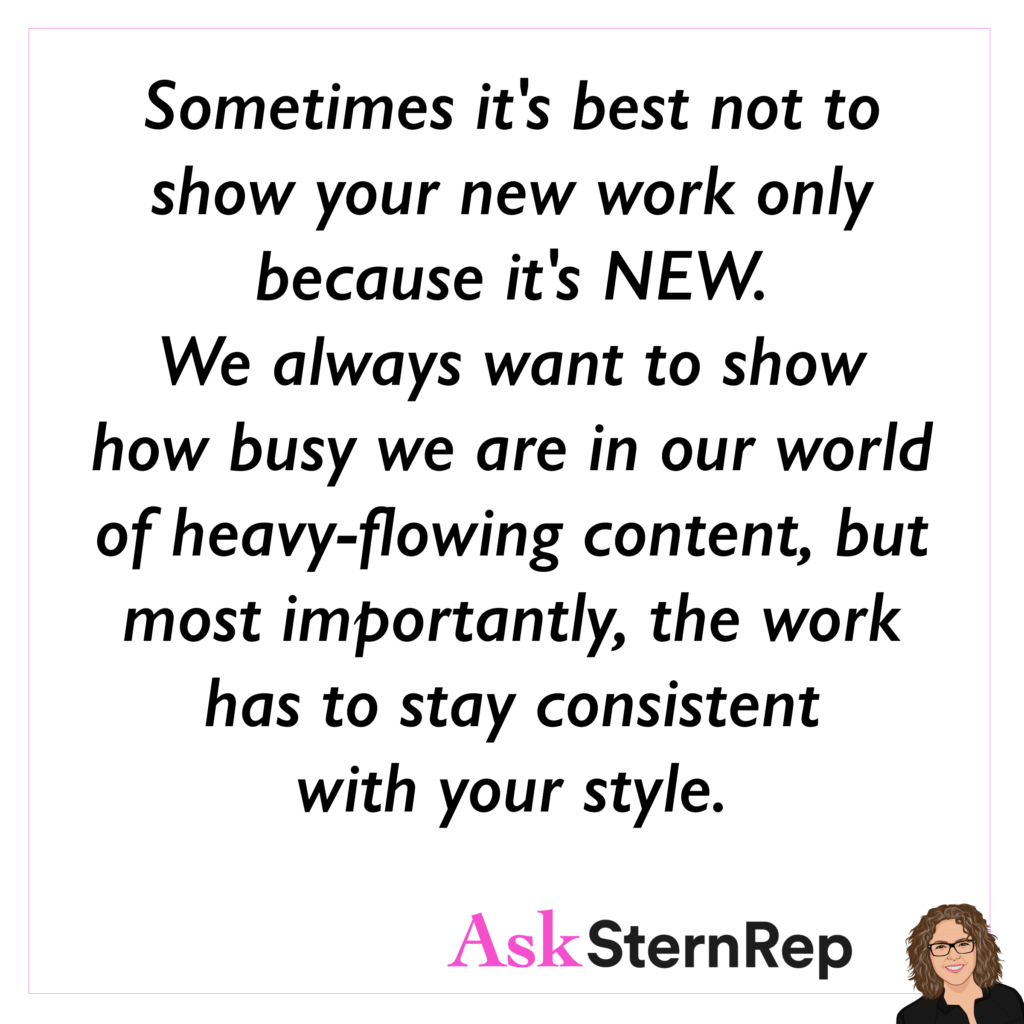NEGOTIATING TIP 101:
Get the most information in the shortest amount of time with a good old-fashioned client Phone Call. Use the phone time wisely to get those “awkward to ask” questions about budget, first choice, competition, and lowest bid topics. It’s that one-to-one camaraderie with off-the-cuff, less self-aware personalized touch moments.
Negotiating over the phone is more effective than doing it in person or via Zoom. In our experience, more information is shared once people warm up and get to know each other on the phone. We’re unsure why this is the case, but perhaps people may be less aware of themselves on the phone, making them more likely to share information. We recommend trying an old-fashioned chat for negotiations.



